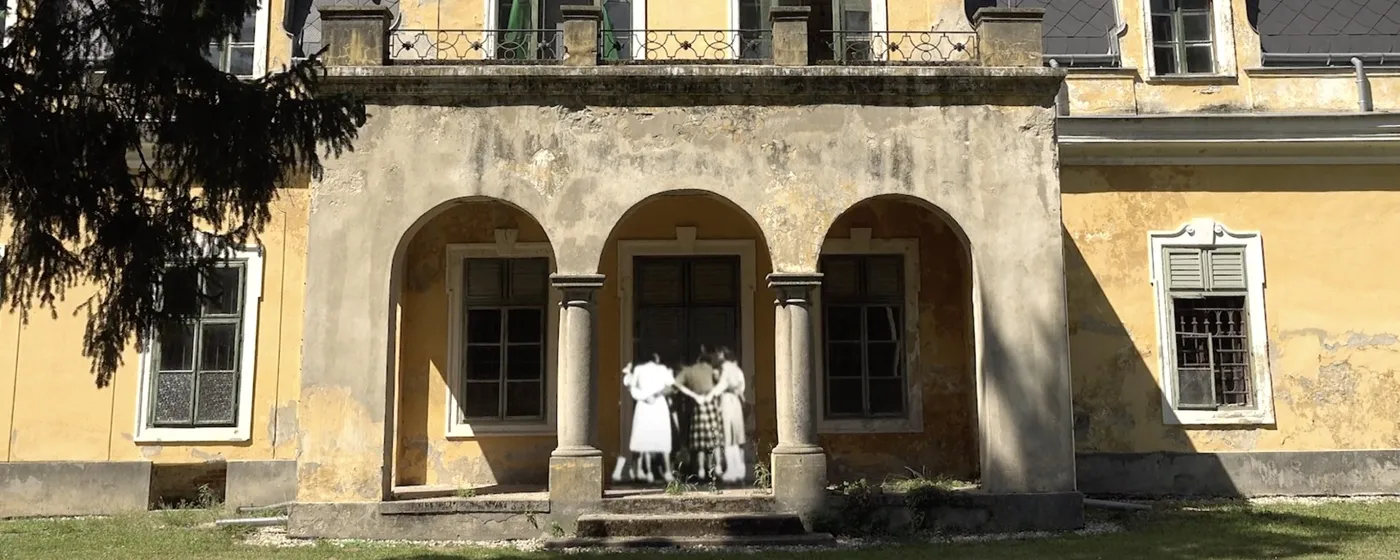
Dance Film: When Memory Takes Shape
Usually, when we talk about memory, we often mean mental memory—our memories of events, dates, places, and people. But in fact, body memory is no less important. It is in our body that our personal history is recorded, how we relate to ourselves and others, how we relate to the world around us, how we behave, and, of course, how we move. Movement as a mirror, a realistic, fantastical, or hyperbolized reflection of our memories and, as a result, ideas about ourselves, others, and society, is a very important topic of the dance film. For decades, dance film has been exploring how our past defines our present, why we move the way we do, and how it looks from the outside. Body patterns formed by our personal, and social history; movement as a reflection of trapped emotions and memories; dance as a protest against the familiar and routine; overcoming barriers and finding the connecting threads; breaking with the past and being in the present—all this is the very “body memory” that film dance artists are interested in today. Of the many works devoted to memory and its bodily expression/experience, I have chosen only a few. First of all, I was interested in diversity in every sense of this word: geographically, artistically, film language, form- and genre-wise—from a detailed study of family history to placing the body in a timeless and non-meaningful context. My selection begins with an almost biographical journey by the performer and choreographer Jozsef Trefeli, who was born in Australia and lives in Switzerland. Through movement, old chronicles, family photographs, and folklore, he “film dances” the story of his Hungarian grandfather, with whom, thanks to this artistic experience, he feels a deep inner connection. Memory works in a completely different way in the surreal and gentle dance film “Miguel” by Spanish choreographer Susana Panadés Diaz. She explores how our body is affected by the environment, which holds many secrets of the past. When we come into contact with the world around us, we sometimes unwittingly reveal other people’s secrets and get to know ourselves through their images, echoes, etc. Jill Crovisier from Luxembourg, on the contrary, is not interested in the memory of the environment, but in her characters’ bodies. In the poetic video dance “Nilynda,” she explores the fluidity of gender and gender identity. In the dynamic “30 years later”, she captures her mother, who has not left home for 30 years after the Covid-19 pandemic, but one day, in 2050, she cannot resist and begins to dance her deeply hidden memories. In her dance films, Gizem Güvendag, an illustrator from Istanbul, plays not only with memory, but also with form, “painting” what is usually hidden: the living flow of blood, the movement of light and sound, dreams and daydreams. Her characters—whether it’s a brutal young man from “Uyku Pansiyon” or an entire ensemble from “Lubodisko”—seem to live not in reality, but in a world of fairy tales and memories, where people have wings and superpowers. In her super-relevant and masterfully performed dance film “Office”, Marine Pichon from France examines how senseless, day-to-day movements and gestures methodically destroy the bodies and souls of two young female employees. But when dreams of freedom and creativity overcome routine, and completely different movement patterns suddenly resurrect from the depths of their bodily memory. Everyday movement patterns are another artist’s research topic. However, the American Christopher Benton formally approaches the problem from a completely different angle. With the help of the latest technologies, he studies how Black dance reflects the context associated with it: the cities and districts where it has developed; the architecture of the venues where it is performed; the landscape of the soul and body of those who use it for self-expression, joy, and healing. The selection’s closing work is an experimental film dance, “Breathe” by Manuel Macadamia from Italy, which is more about interaction: how our bodies and body memories overlap and create a new movement language together. This language, woven from various images, bodies, and media, is in a sense the language of the future, a universal and synthesized language that takes body memories into account, but is not limited to them. It is very interesting that despite the difference in techniques, approaches and even themes, all the authors of the selected works reflect in one way or another that the body is not only our main physiological tool, but also a reservoir for all the good and bad that happened in the past, is happening in the present and will happen in the future. Thus, “body memory” becomes the most important tag for talking about film dance today.
Countries
FR
RU
Tags
Pieces in playlist






